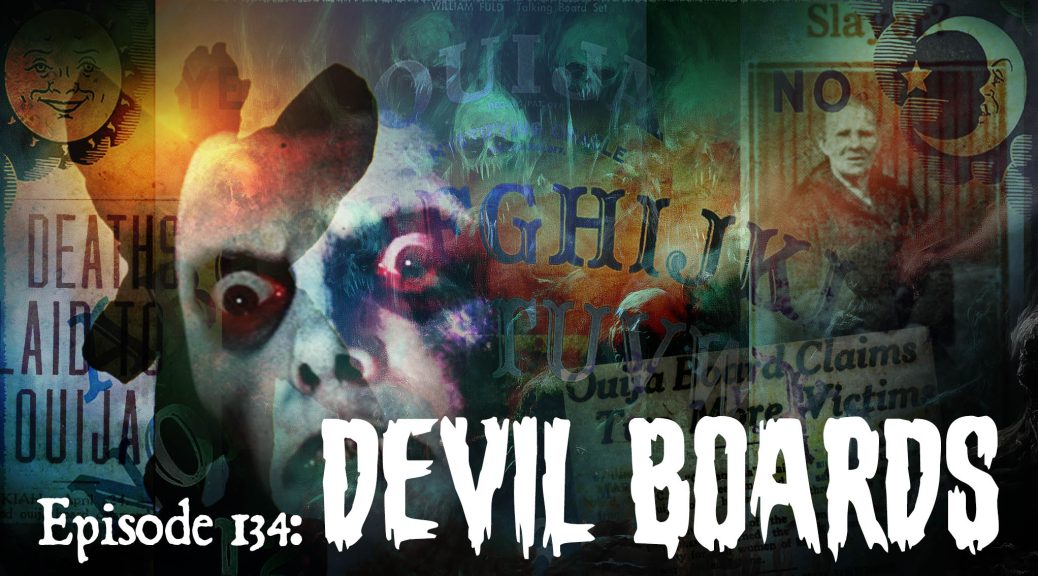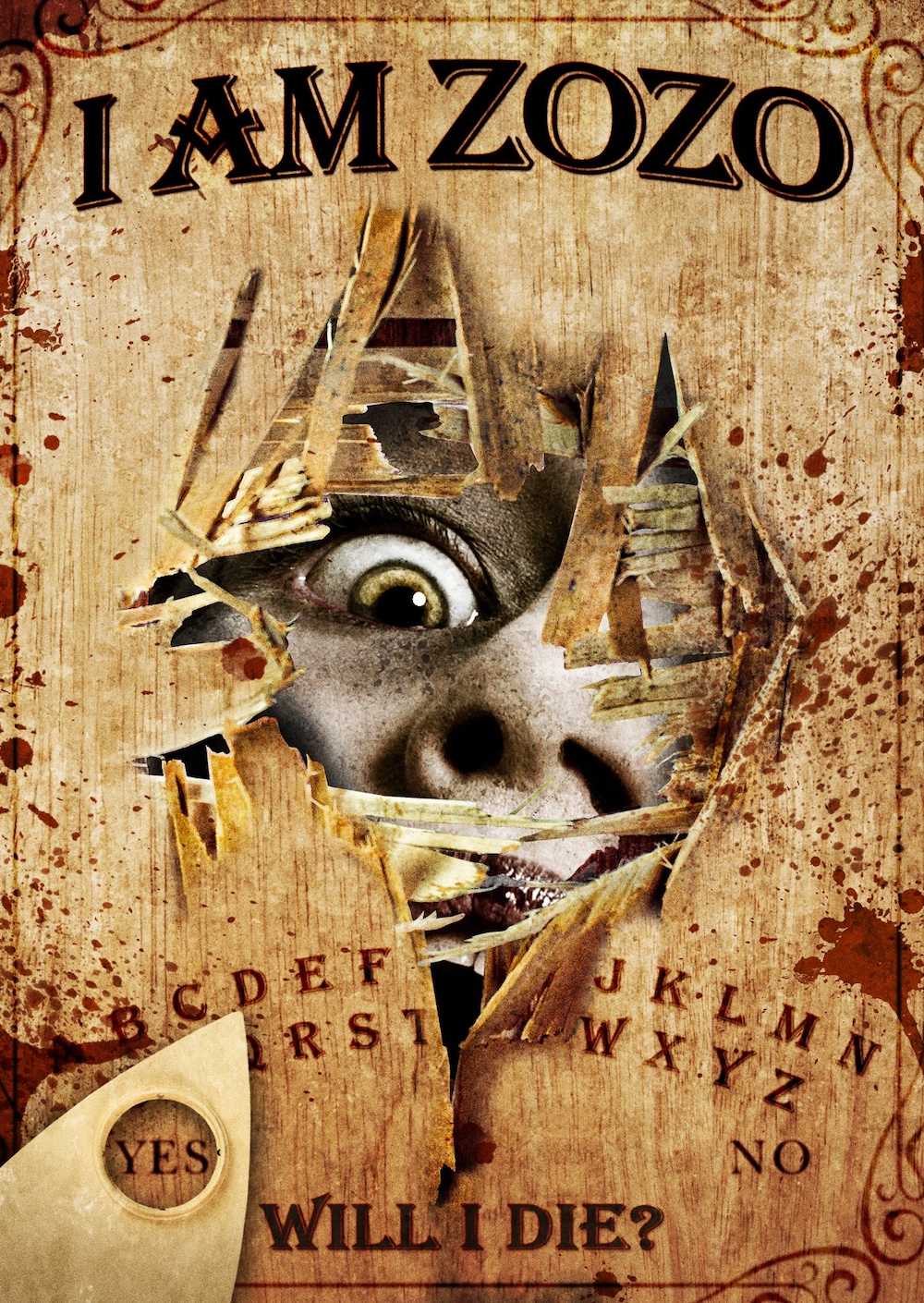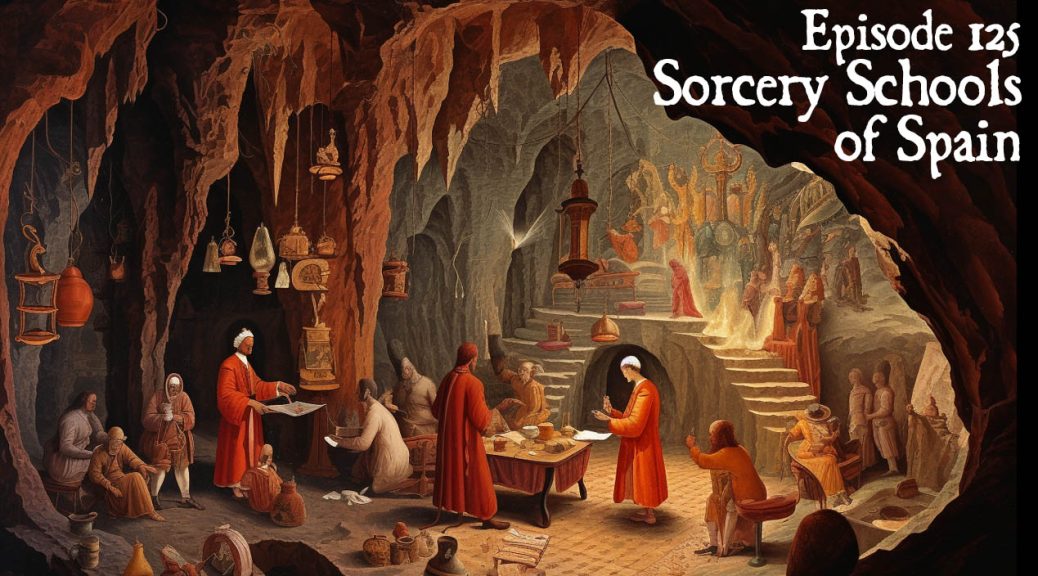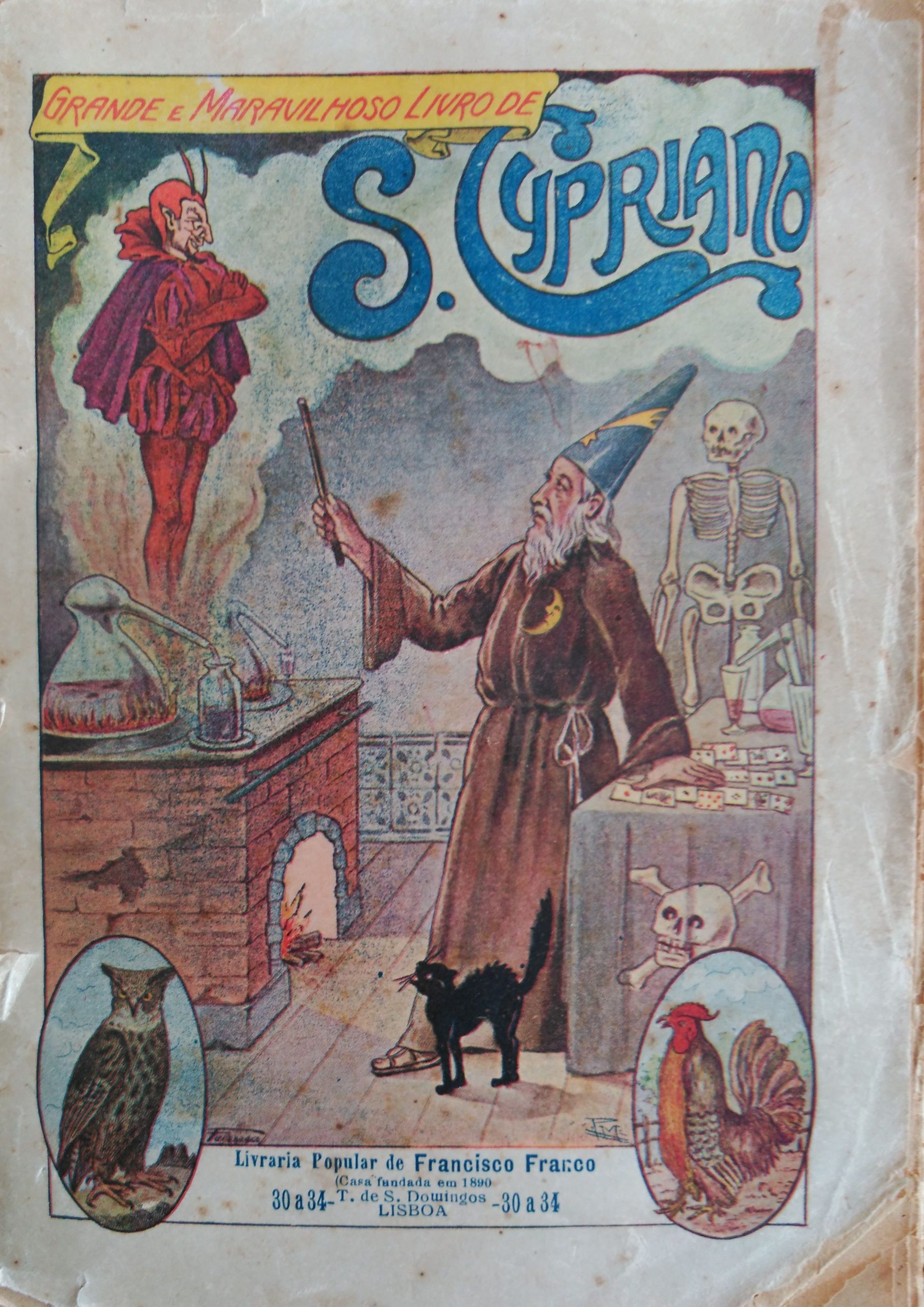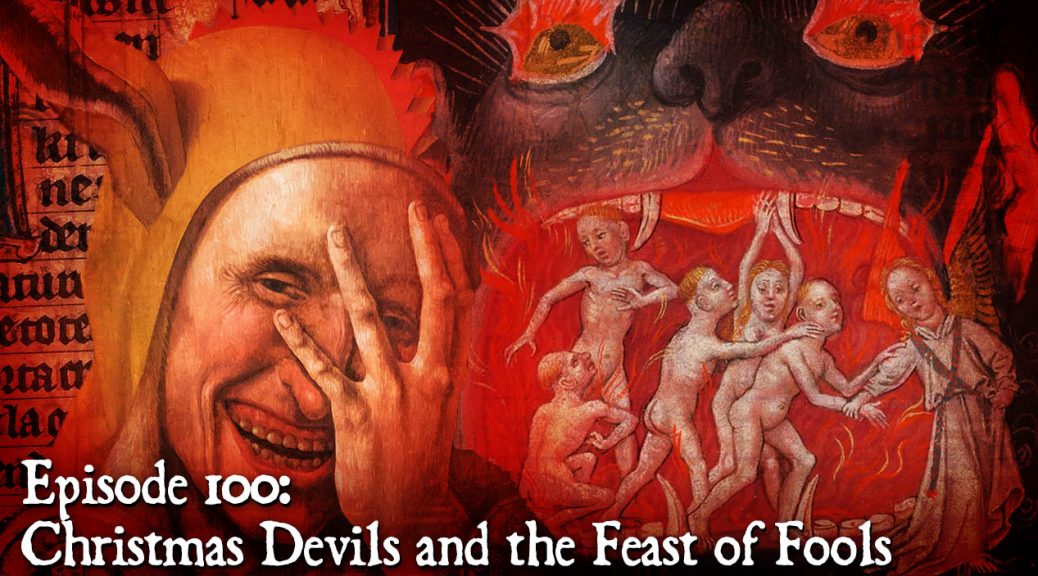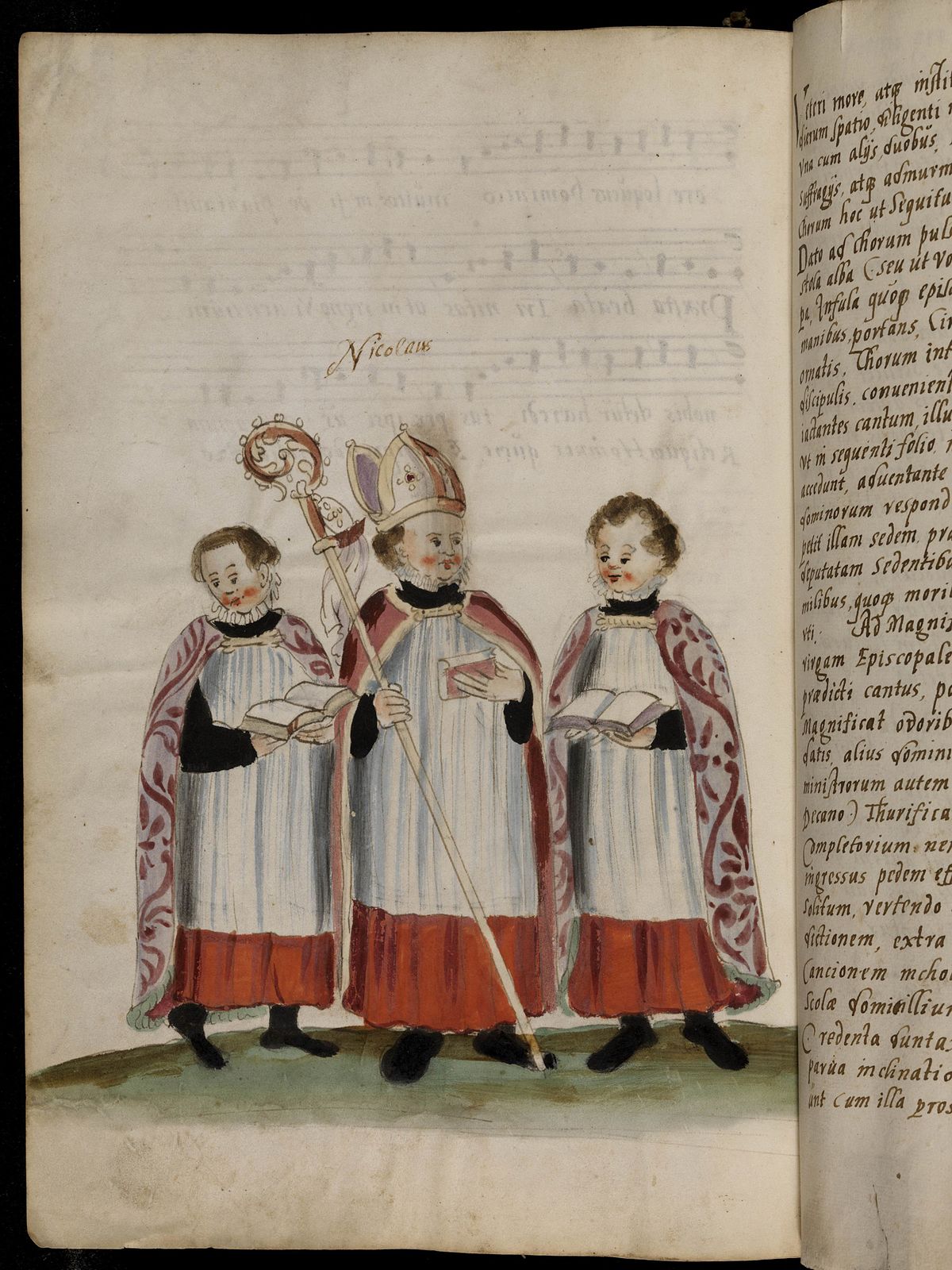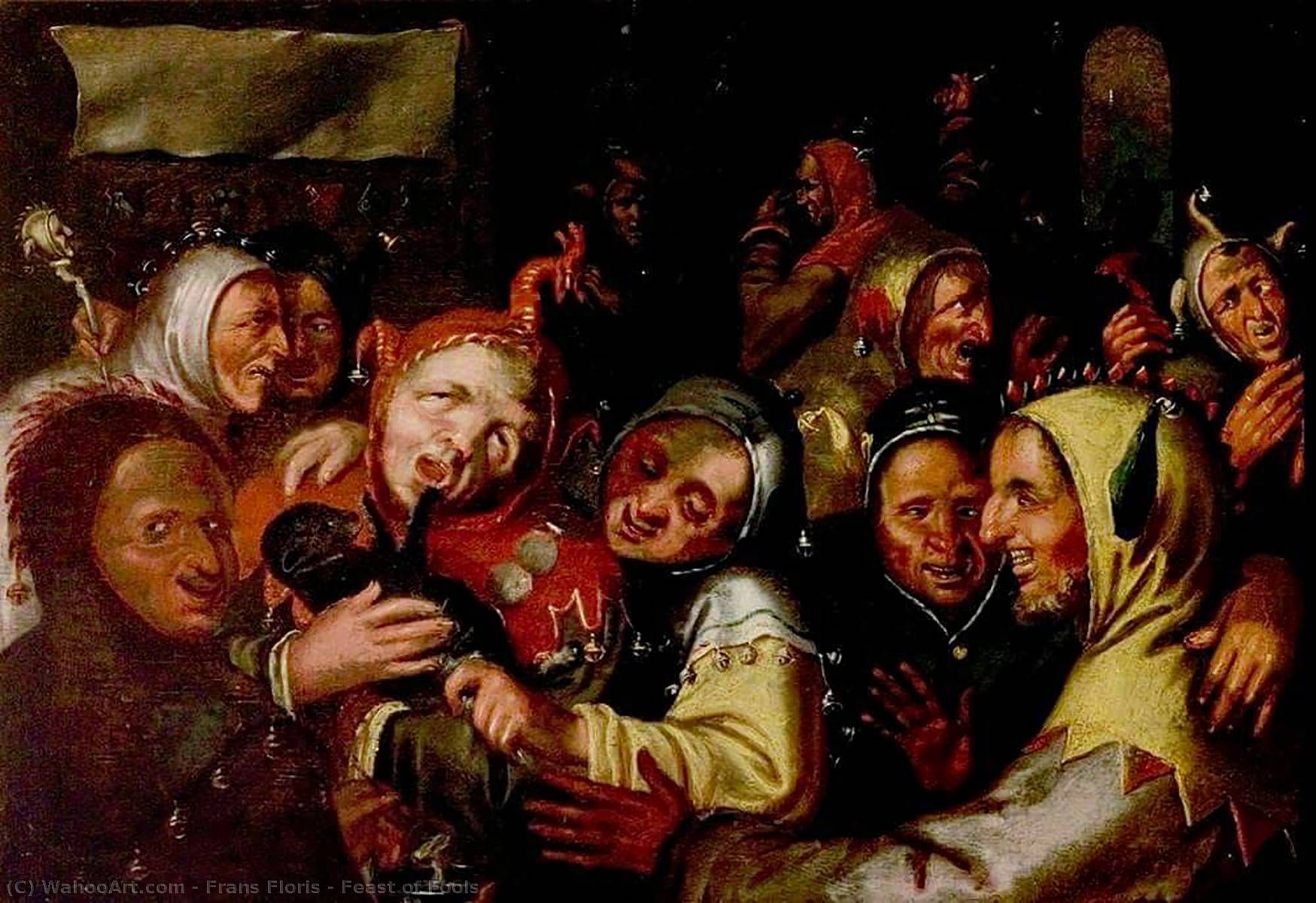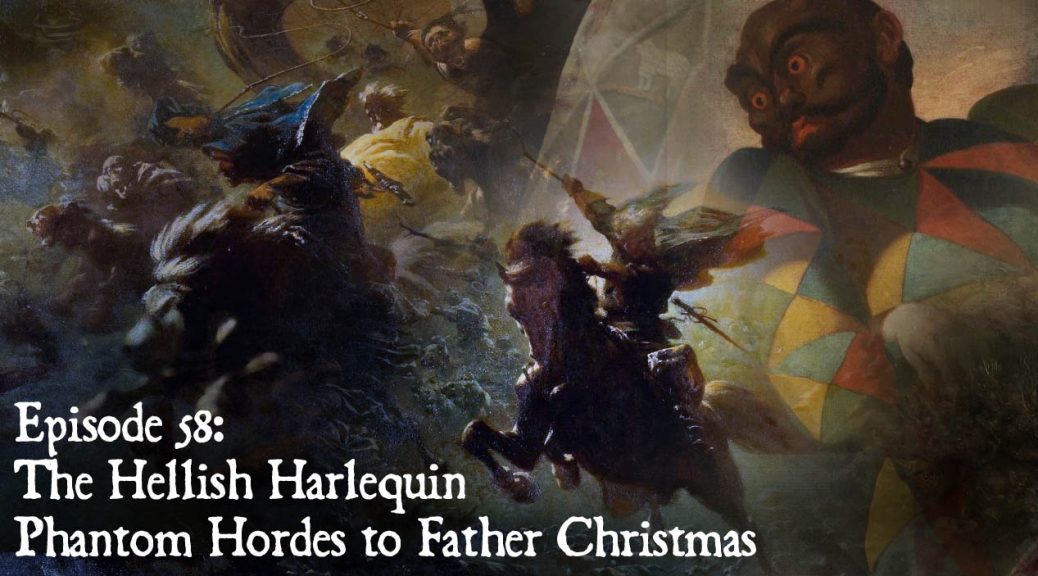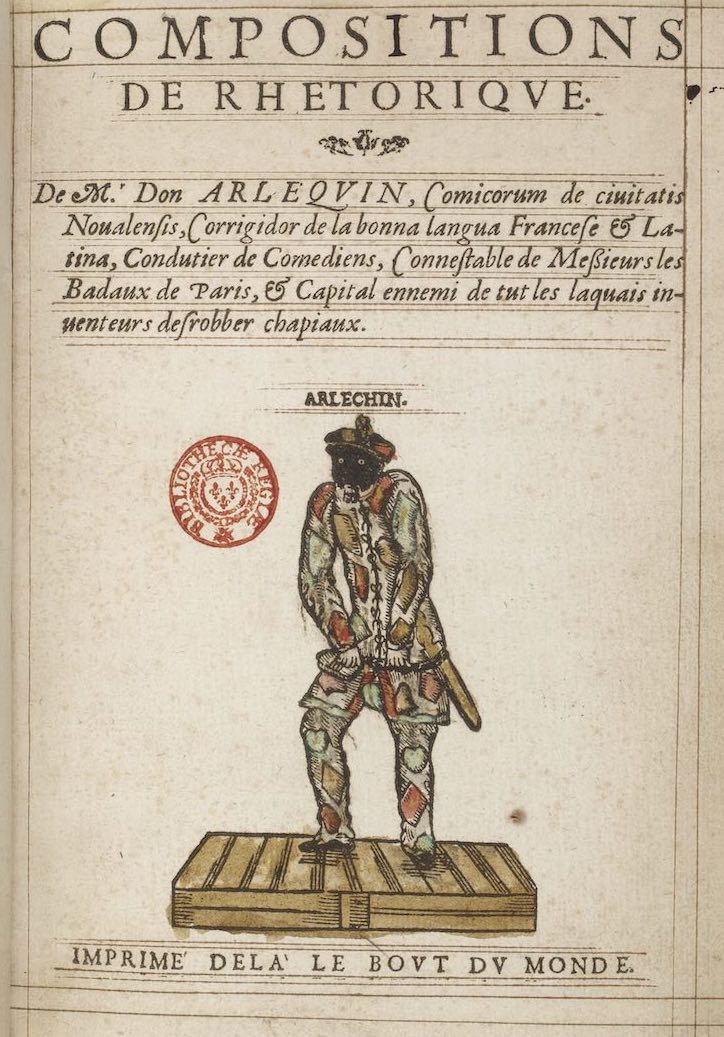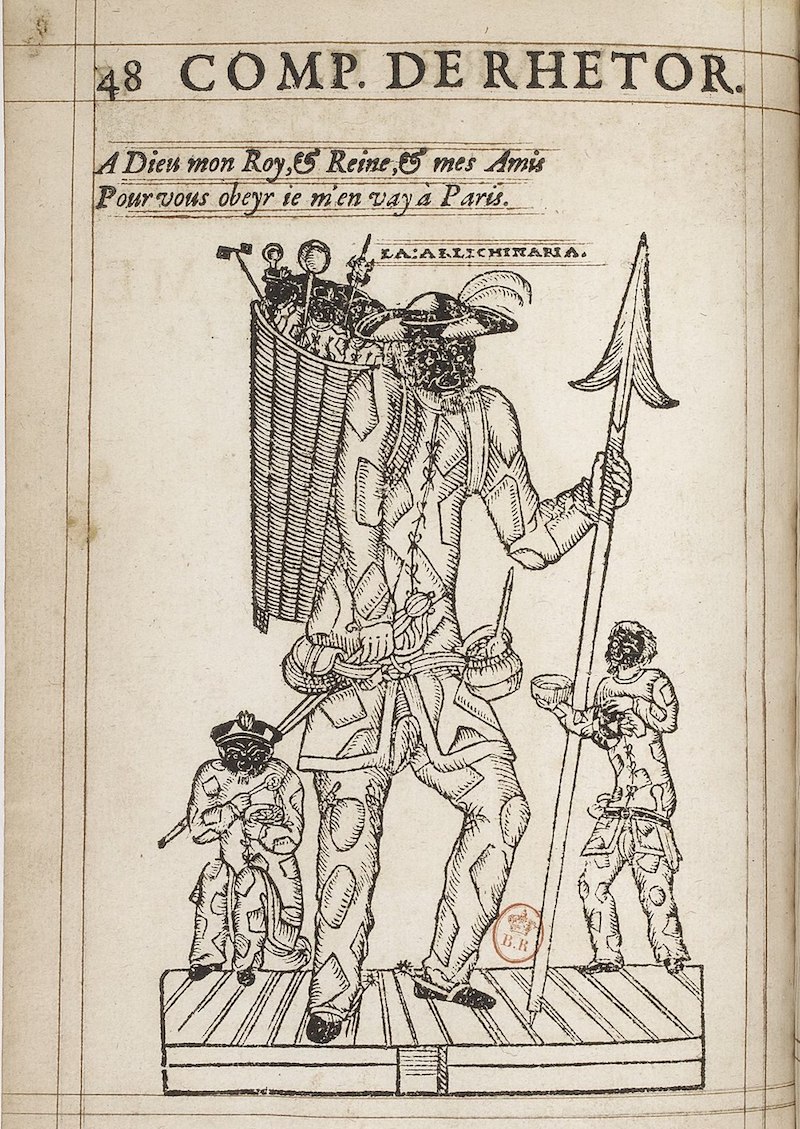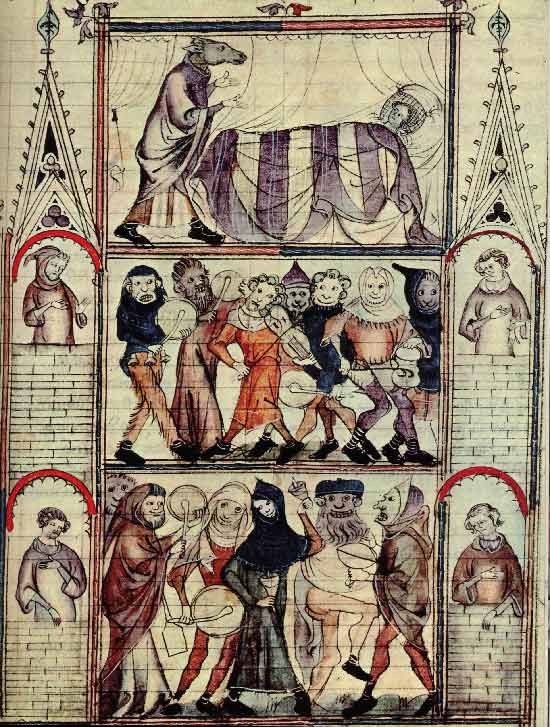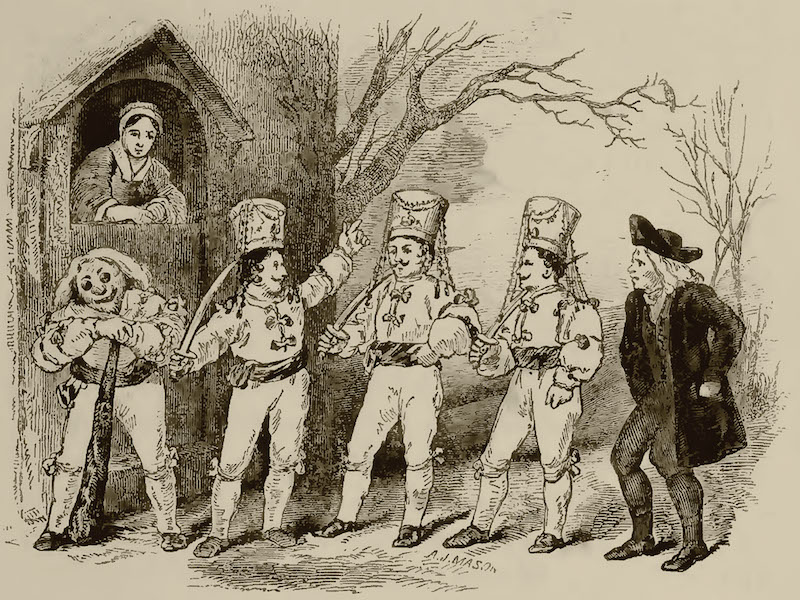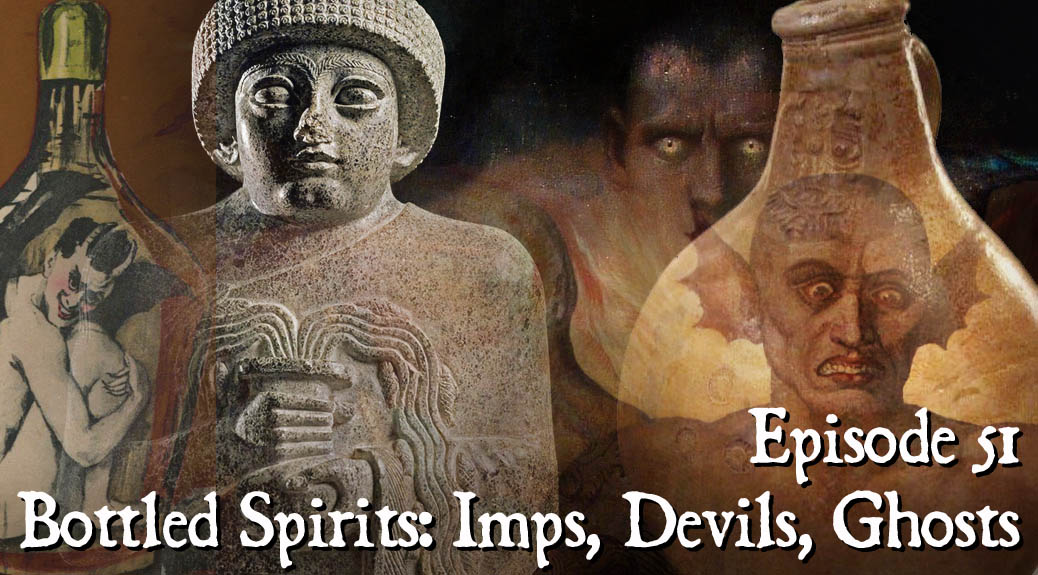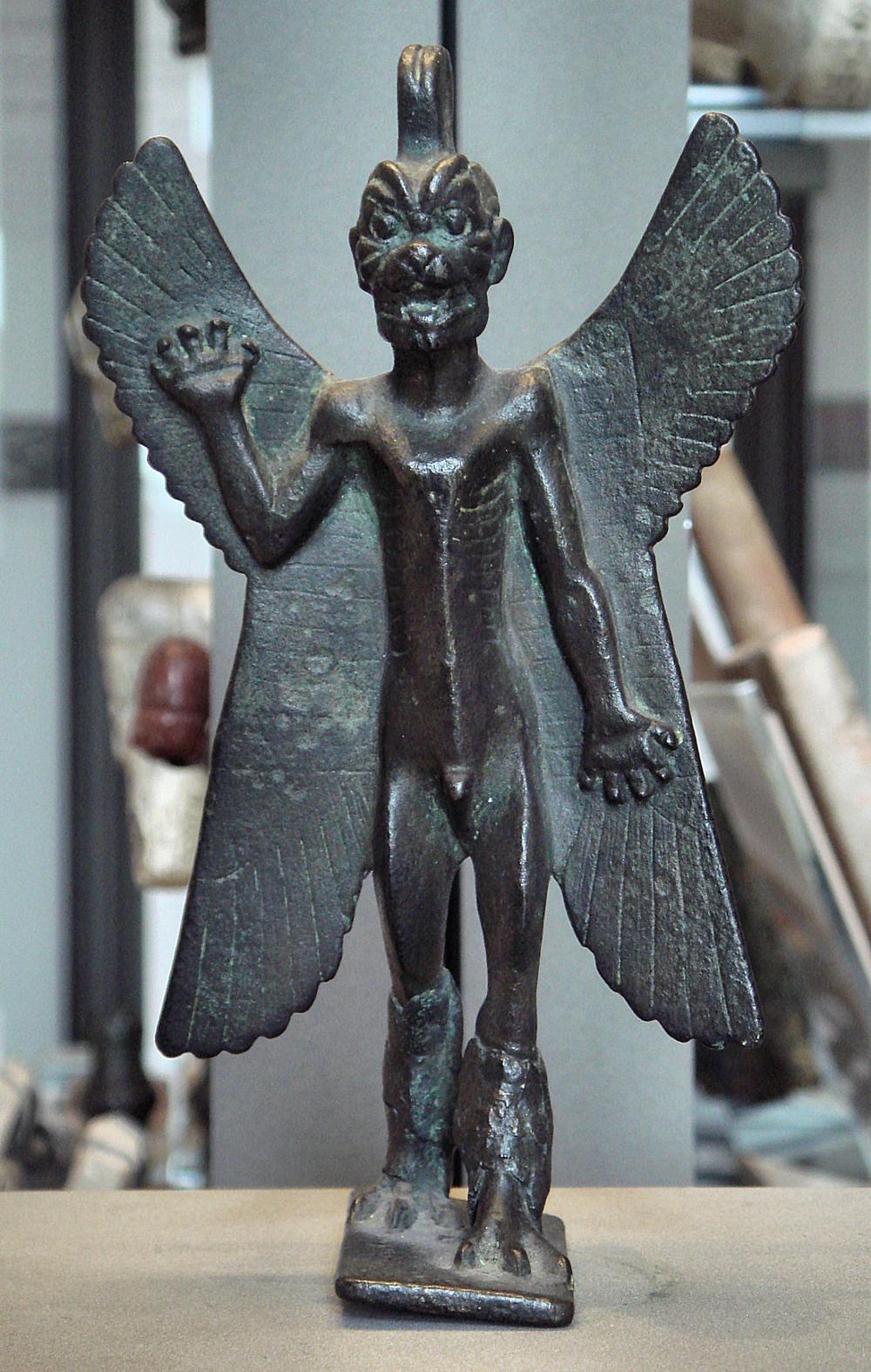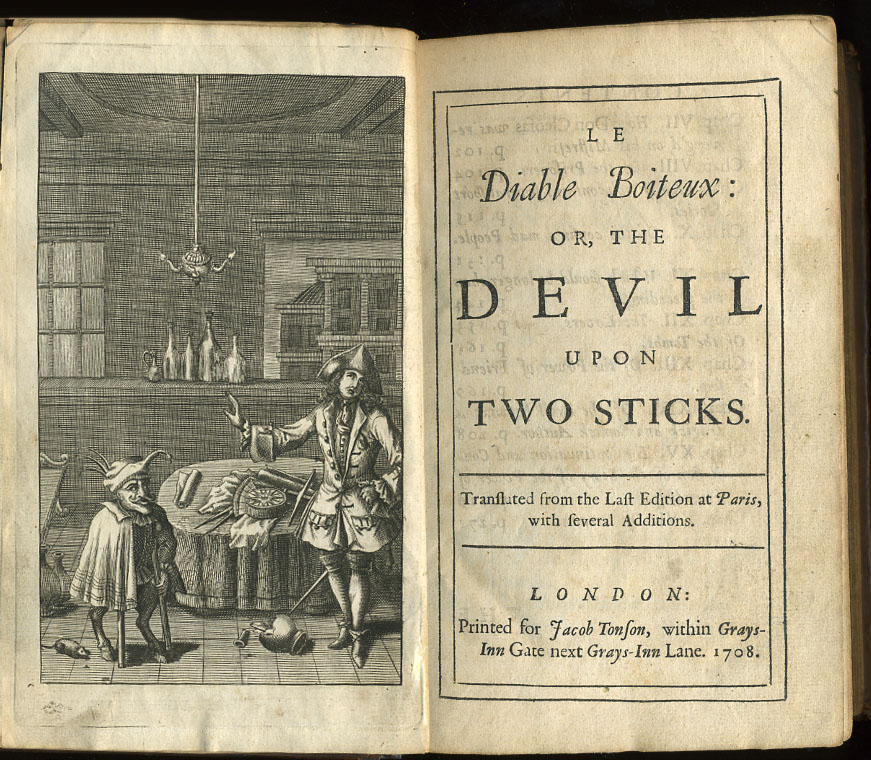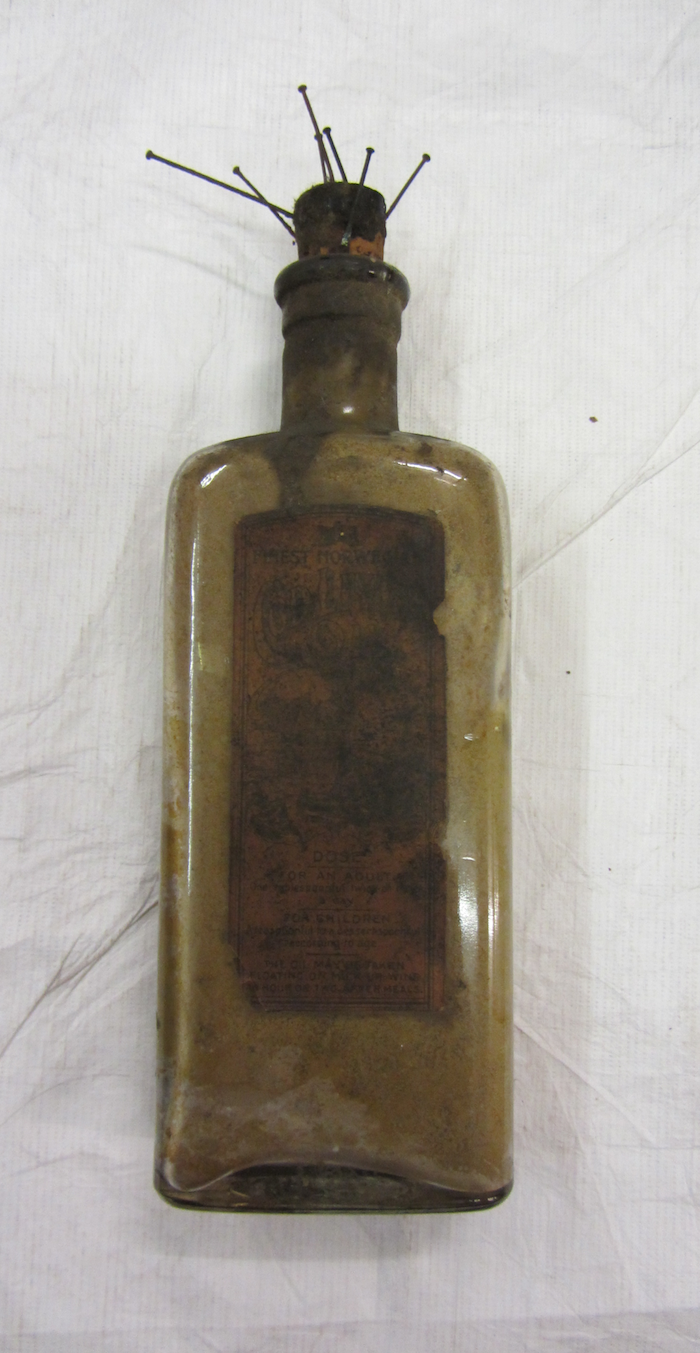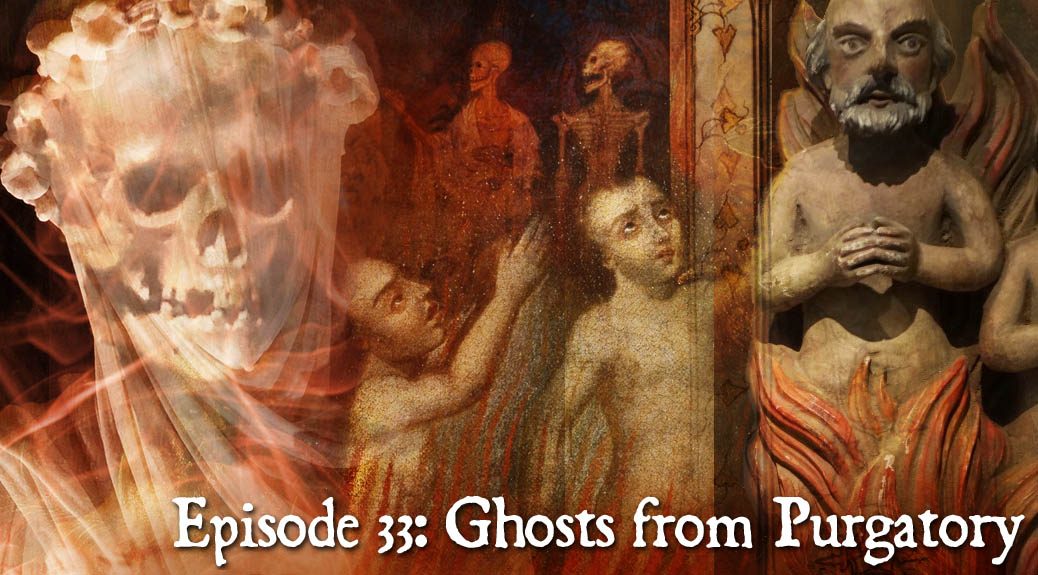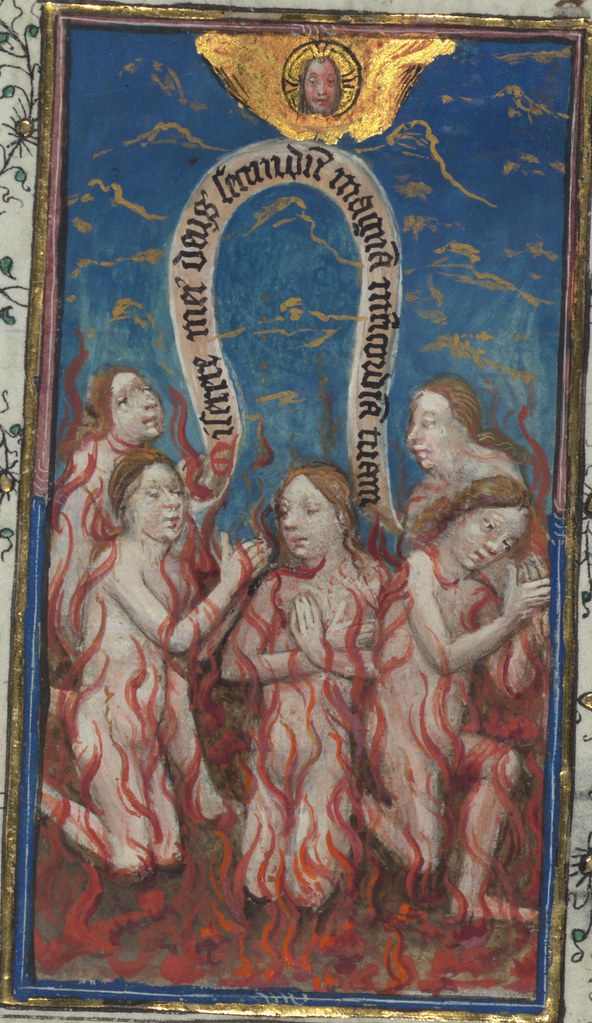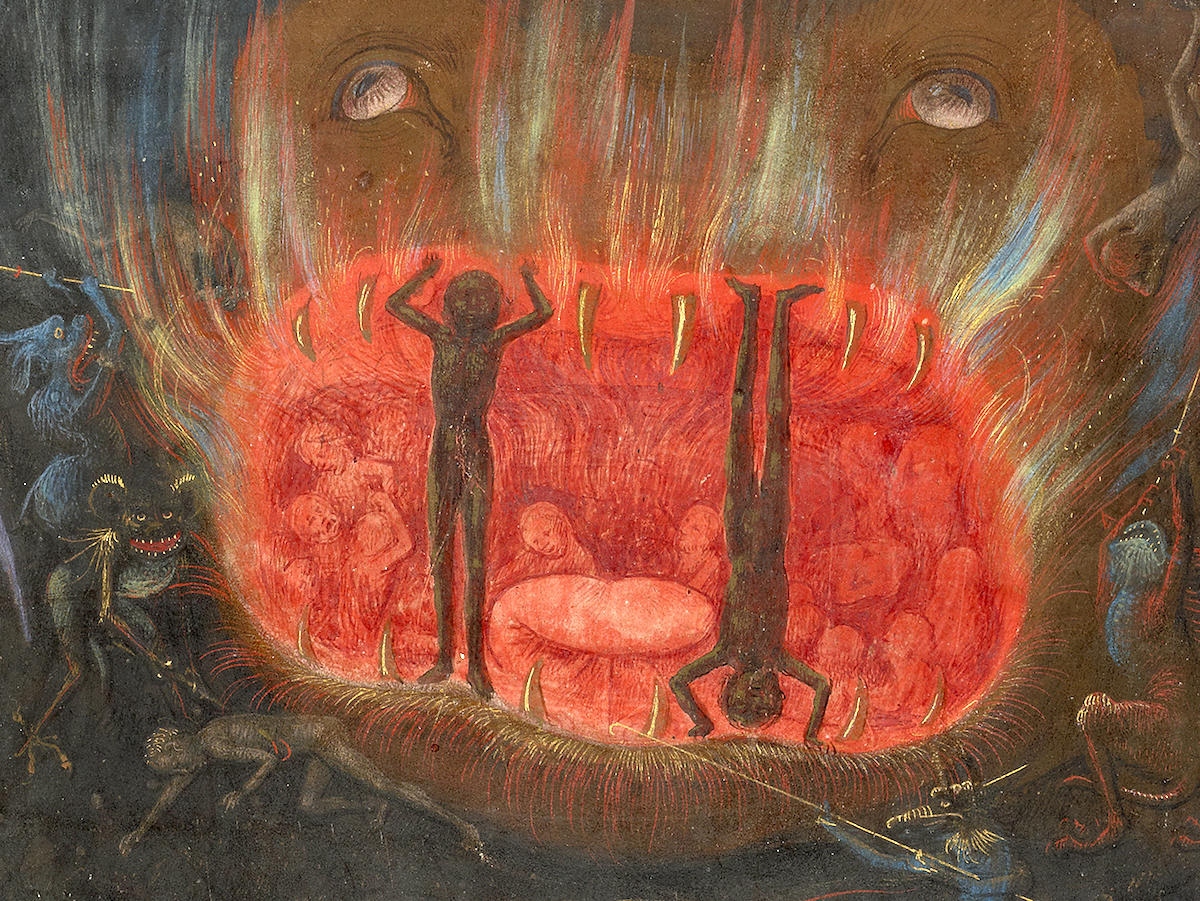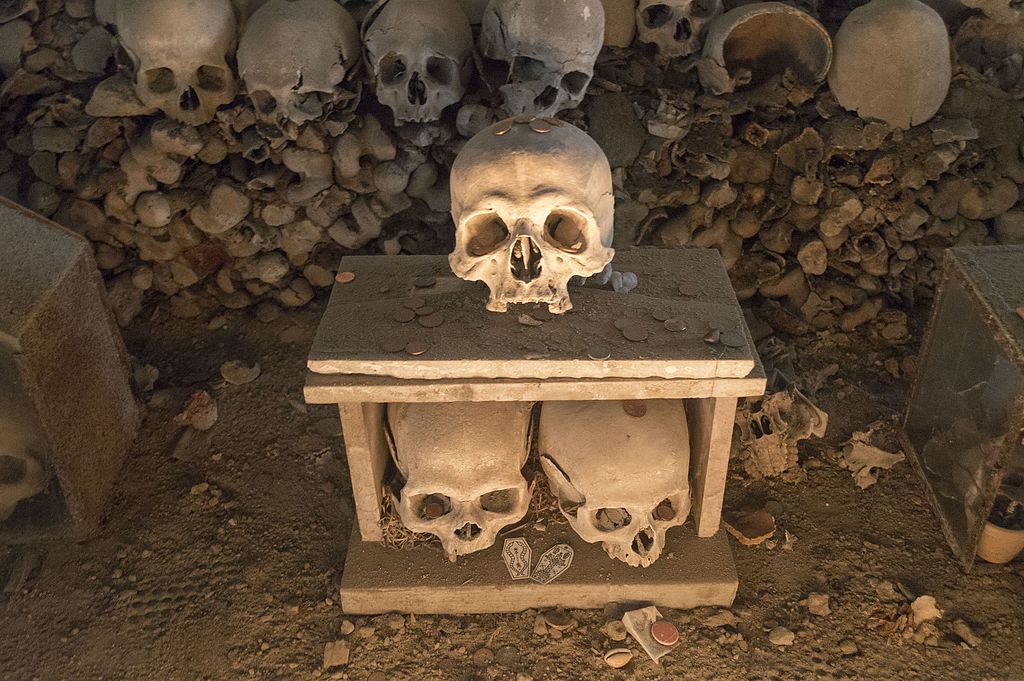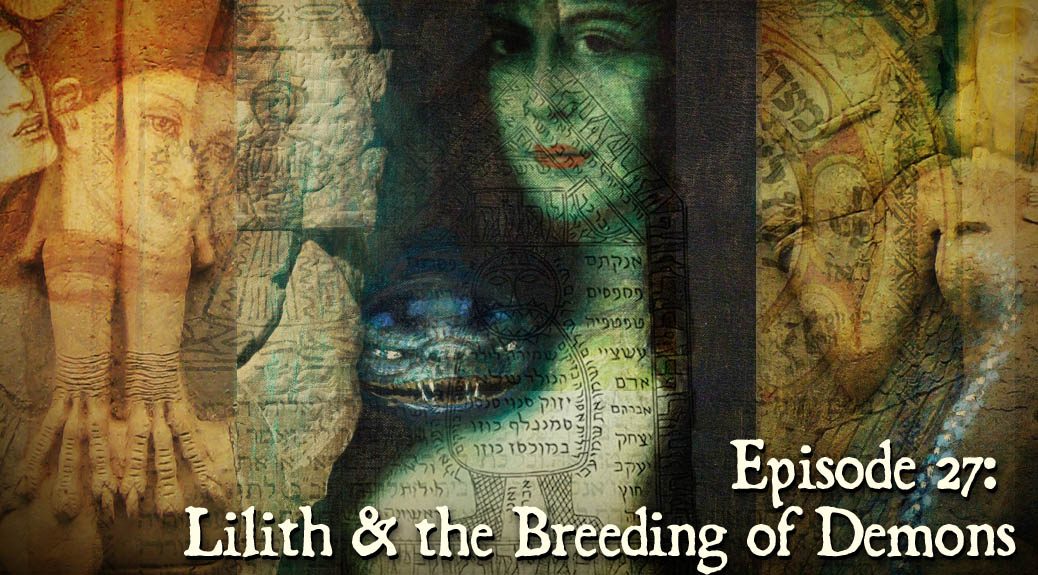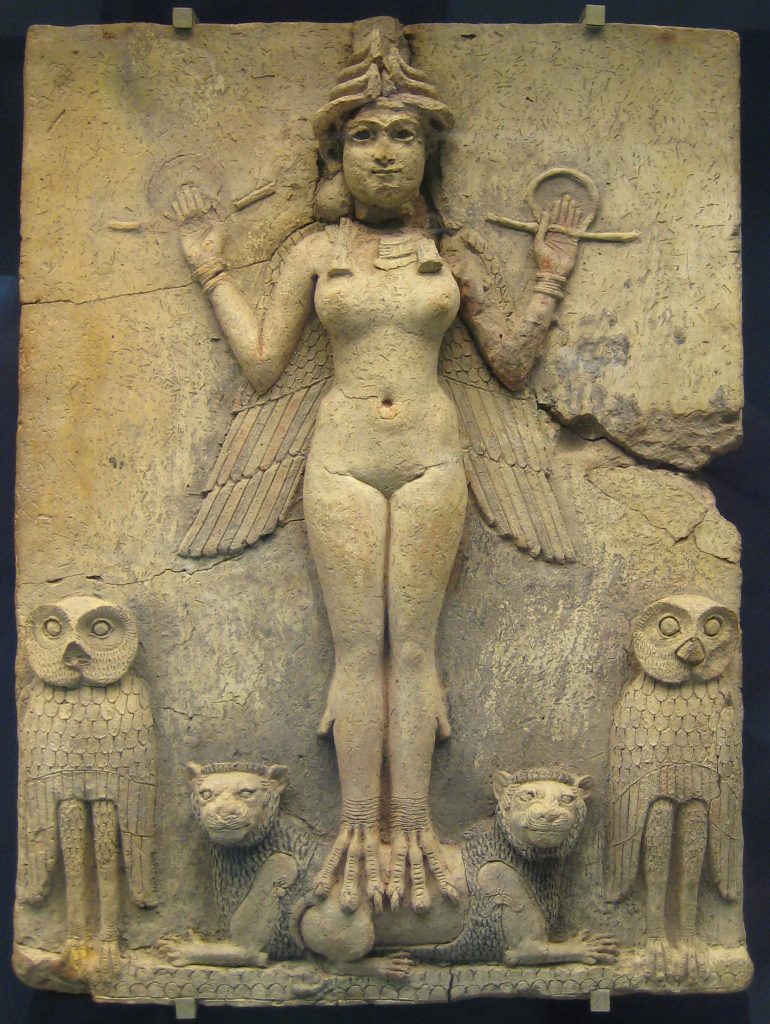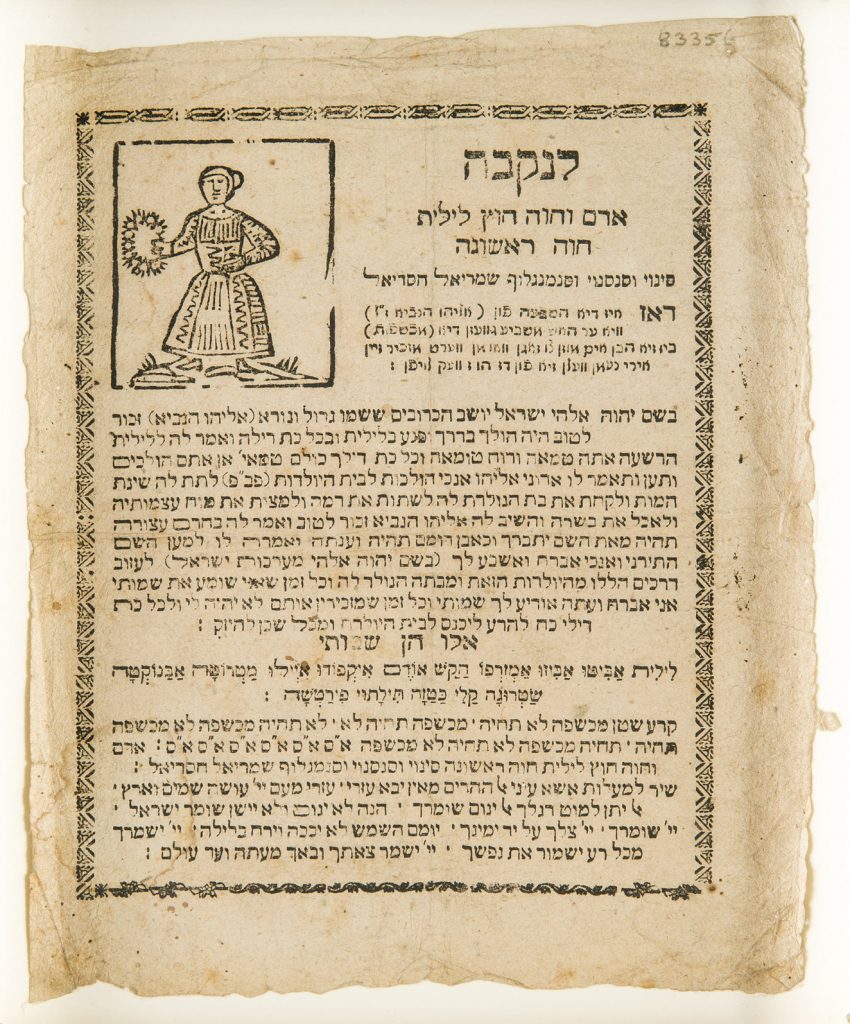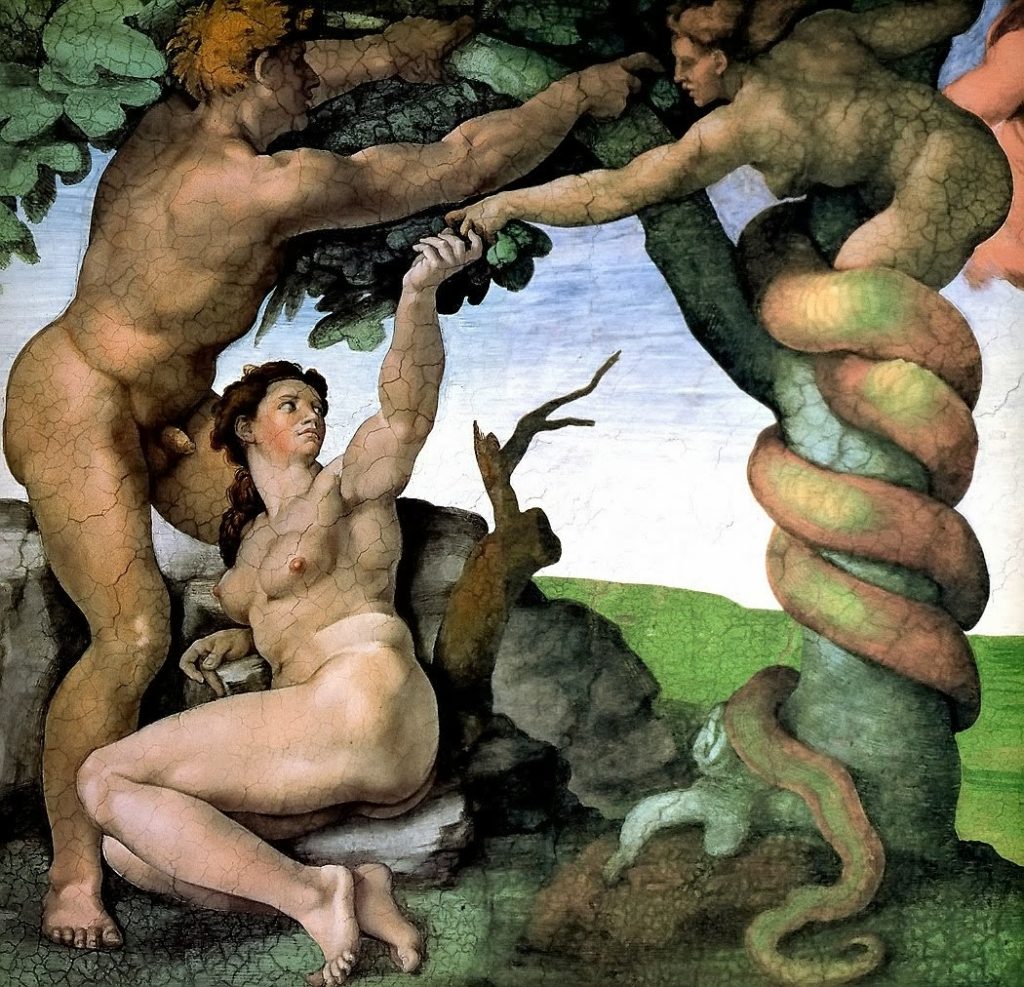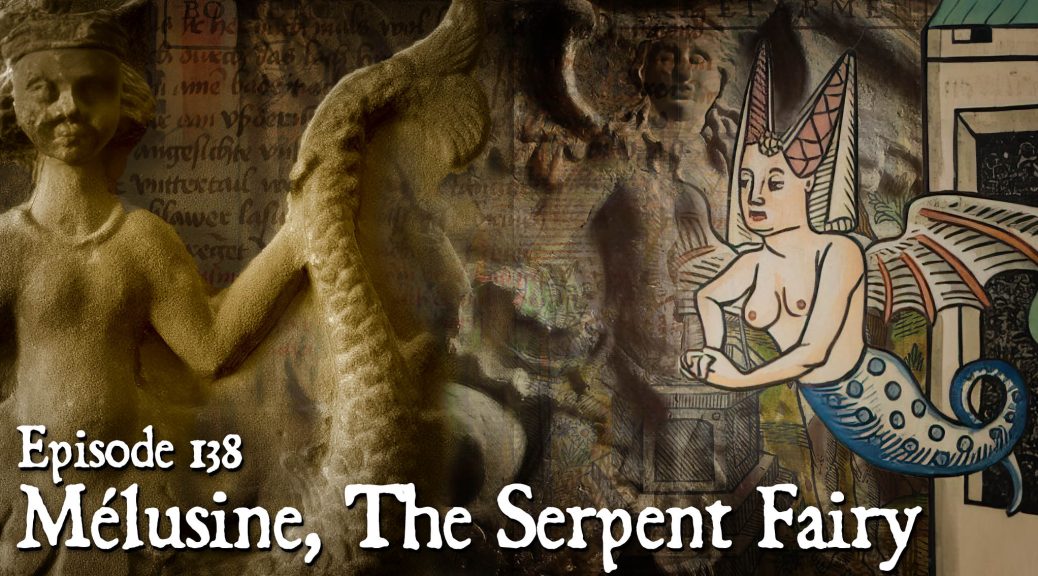
Mélusine, the Serpent Fairy
Podcast: Play in new window | Download (Duration: 55:51 — 63.9MB)
Subscribe: Apple Podcasts | Spotify | Android | Podchaser | RSS | More
Mélusine is a female fairy of medieval legend. who suffers under a curse transforming her once weekly into a monstrous form. In various tales she becomes either a serpent or fish from the waist down, or fully transforms into a dragon. Mélusine can only break this curse via marriage to a mortal who is obliged to allow her certain secret freedoms. In return, her husband enjoys magical assistance and sees his fortunes flourish, at least until that day pact is broken.
The most famous version of this story, and the one to which we devote the bulk of the show is a French tale set down in 1387 by Jean d’Arras, Mélusine or the Noble Story of the Lusignans. The patron for whom he wrote, Duke Jean de Berry, belonged to the House of Lusignan, whose ancestral claims to the lands around Poitiers were portrayed by Arras as a matter of supernatural destiny involving the fairy.
We learn how Jean de Berry’s ancestor, Raymondin (Raymond) became engaged to Mélusine after a meeting at an enchanted fountain. Raymond is unaware that this encounter, and all that follows, is the subject of a prophecy set in motion by his accidental killing of his uncle. We hear the curious way in which this transpires, of Raymond and Mélusine’s wedding attended by a multitude of fairy folk, and of the building of Château de Lusignan through a sly collaboration of fairy magic, ingenuity, and human agency.
We then learn of Mélusine’s and Raymond’s offspring, all of whom are handsome and strong yet also betray their supernatural parentage via certain disfigurements — strange birthmarks, enormous stature, huge jutting teeth, or additional eyes. Much of Arras’ narrative is devoted to the sons’ heroic exploits, particularly as Crusaders in the Middle East, where the historical Lusignans gained lands and reputations, but our episode, focuses only only two sons, “Geoffroy Big-Tooth” and Fromont, whose stories are more intertwined with that of Mélusine herself.
Next comes the central drama, the breaking of the secret pact between Raymond and his fairy wife, which I’ll leave for you to enjoy without spoilers. Mrs. Karswell delivers a fine dramatic reading of this lengthier passage.
While that situation simmers, we hear how Geoffroy has returned from a giant-slaying adventure to discover that his brother, Fromont, is about to enter a monastery rather than devote himself to expanding the Lusignan empire. This doesn’t sit well with Geoffroy, whose disproportionately wrathful response is at once horrible and comic.
Reacting to the tragic fall-out of Geoffroy’s rampage, Raymond himself flies into a rage, accusing Mélusine of producing offspring supernaturally inclined toward evil. Cruel as his words may be, Mélusine seems to validate them, assuming a diabolical presence as she abandons their marriage, flying away from Castle Lusignan in the form of a dragon.
Finally, we examine the origins of the curse upon Mélusine, a strange backstory revealed through the discovery of a tablet in fantastic subterranean tomb, one which relates how she imprisoned her human father inside a mountain and installed there a giant as jailer.
Our episode then considers some folkloric parallels to the figure of Mélusine, a possible kinship with the Irish Banshee, the Scottish Bean-nighe or the Lavandières (“midnight washer women) of Brittany as well as earlier 13th-century literary sources for Arras’s tale including works by Gervase of Tilbury, Marie de France, Walter Map, and others.
By the late 15th century, the story by Arras had been retold by the French author Coudrette in a version that became broadsheet fodder for German publishers. We also hear how the tale was embraced in Luxembourg, where it attached to Siegfried, Count of the Ardennes, and the magical construction of Luxembourg Castle.
Finally, we look at some 19th-century retellings of the legend as German folktales, some of which made their way into Czech lands, where Meluzina’s doleful howling at her fate is heard in the moaning of winter winds. The show closes with a snippet of a modern Czech children’s song mentioning Meluzina, as an embodiment of the wind –“Vitr fouka do komina” (The wind blows in the chimney).
